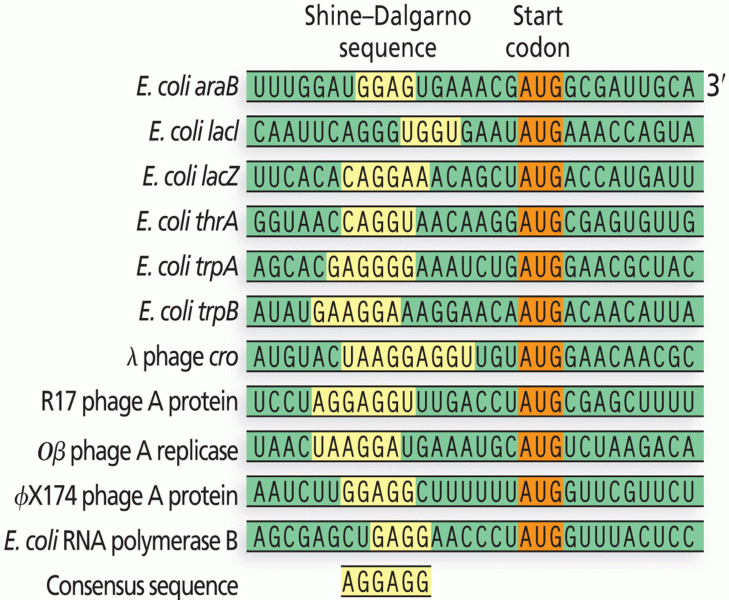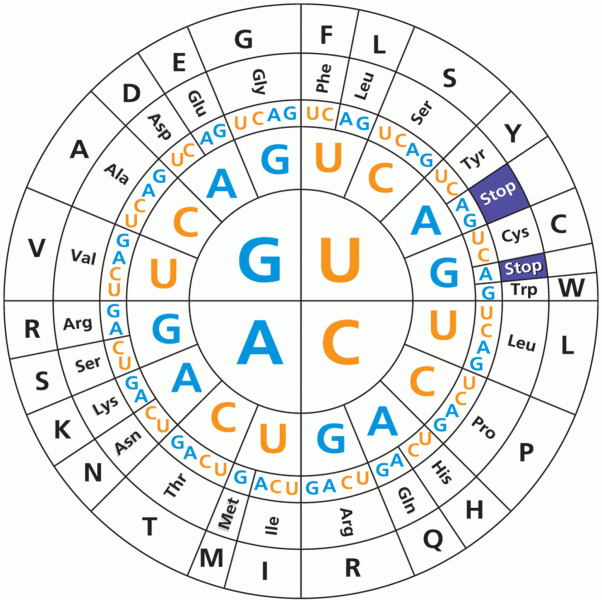Code the following physician encounters using ICD-9-CM, ICD-10-CM, and CPT. Sequence the codes in the correct order. Assign any needed modifiers.
PHYSICIAN OFFICE VISIT
PATIENT: KARENOFFICE
RECORD NUMBER: 05-68-23
DATEOFSERVICE: 03-15-XX
PHYSICIAN: DR. KIM, M. D.
SUBJECTIVE: This 42-year-old female new patient presents to the physician office complaining of pain in her right ear. The patient notes she has been ill now for a little over 2 weeks. It started with what she thought was an influenza-like illness with cough and upper respiratory congestion. She has not been running a fever; however, in the last 2 days she has developed pain inherright ear, pain in the right facial area above and behind herright eye. She notes that she still has greenish nasal discharge as well and thinks that she may have developed a sinusinfection. The patient notes that she is not allergic to any antibiotics.
OBJECTIVE: Physical exam reveals a well-developed, well-nourished female. Temperature is 97. 8, respiratory rate 20, heart rate 72, blood pressure slightly elevated at 114/99. O2 sat 97% on room air. HEENT: Left TM is read and some what retracted. The right TM is dull. The pharynx shows minimal injection. No exudates. The neck is supple with no significant adenopathy. The patient is tender to percussion over her right maxillary sinus; however, her right ear is not nearly as red as her left ear. Nasal mucosa is moderately injected. The lungs were not examined. She does not have any significant cervical adenopathy.
ASSESSMENT: Left acuteotitis mediaan dacutesinusitis.
PLAN: The patient was treated with Augmentin 875 bid for 10 days. I recommend she take Sudafed 60mg - 120mg daily for her sinus symptoms and if she is not improving or develops new symptoms should be reevaluated.
ICD-9-CM diagnosis code(s): _____________________
ICD-10-CM diagnosis code(s): _____________________
CPT code(s) with modifier, if applicable: _____________________







